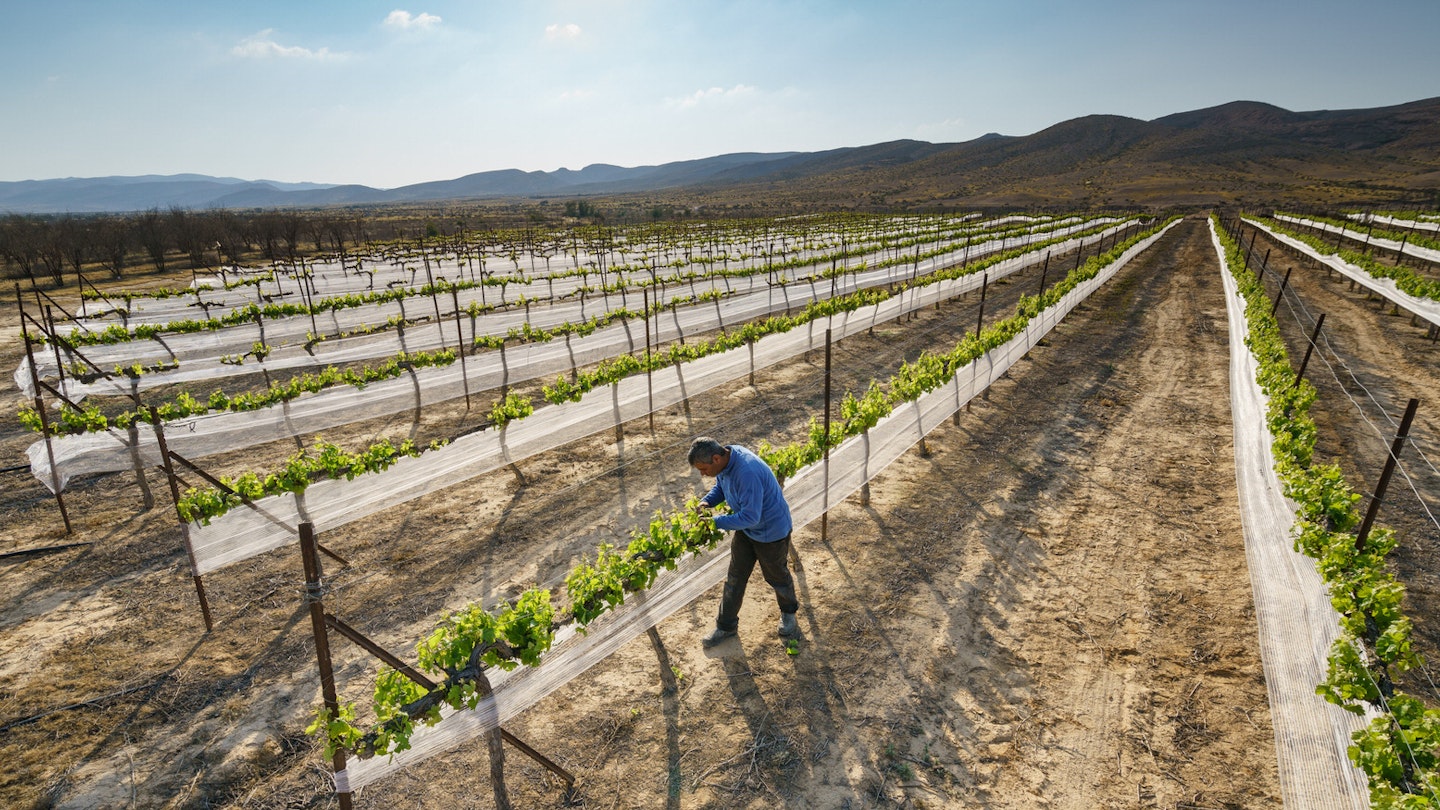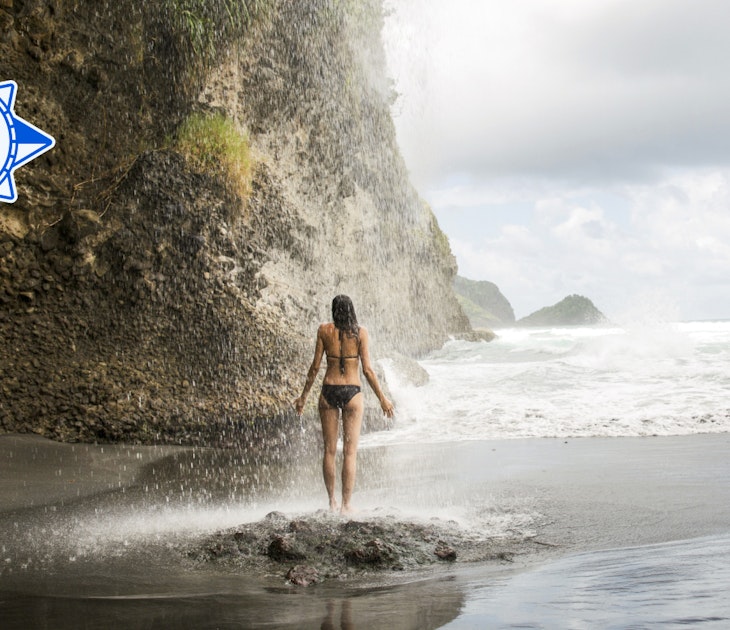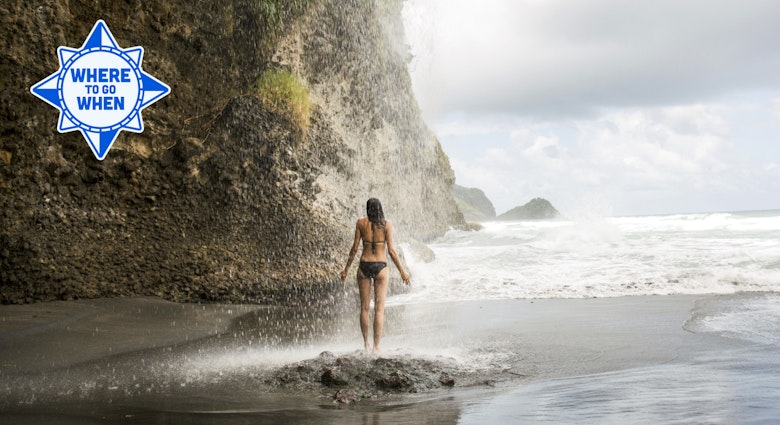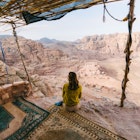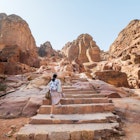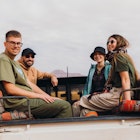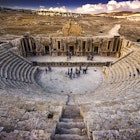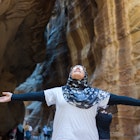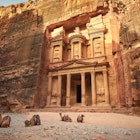Like most deserts, the Negev is usually associated with sand, rock and the odd camel. Yet this seemingly dry and arid region in southern Israel is also home to a number of wineries. In recent years, winemakers have created a kind of mini Napa Valley along the slopes of the Negev.
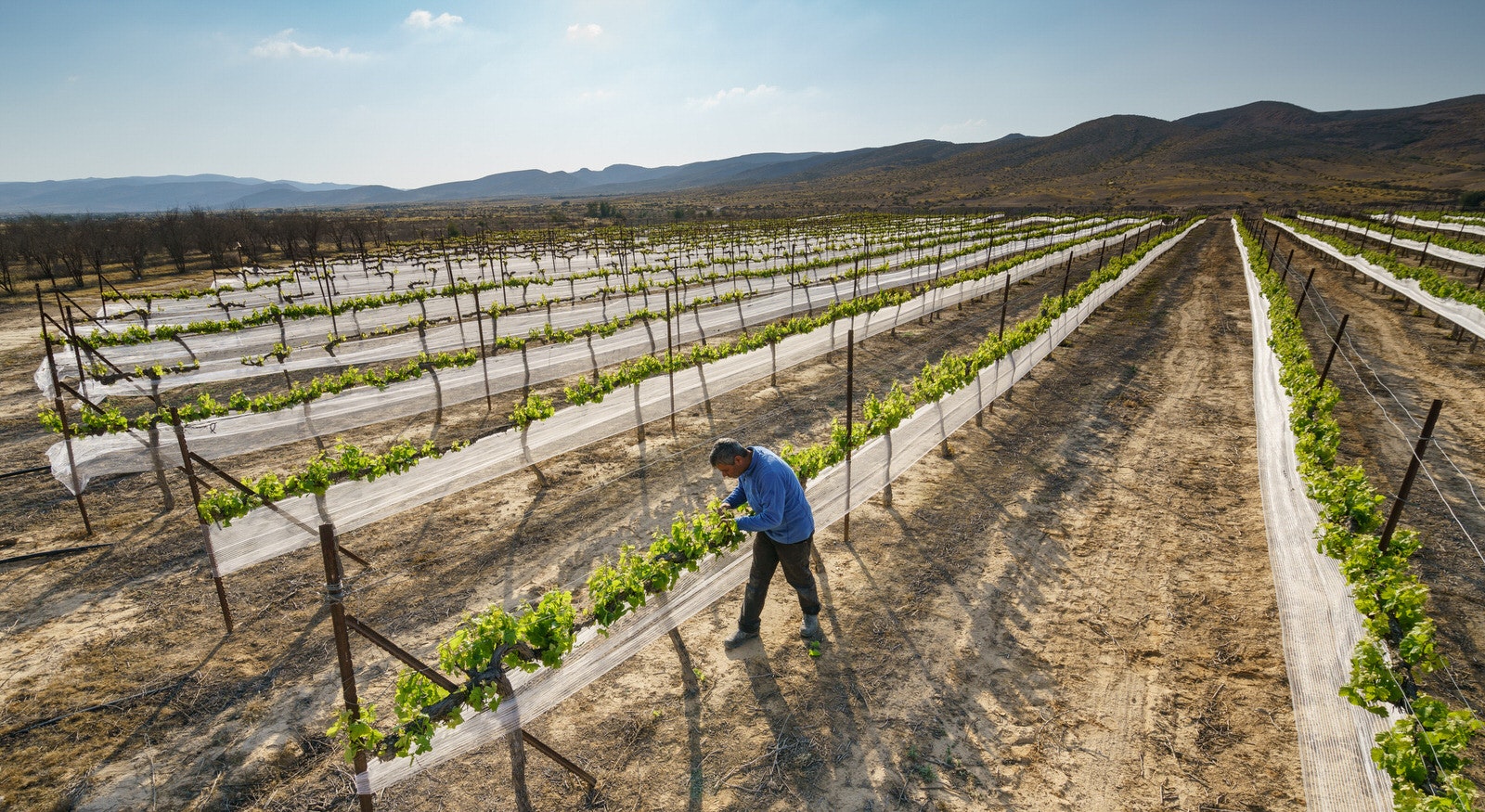
It’s all thanks to a group of pioneering 21st-century farmers and their use of computerised drip irrigation. The Negev gets less than 100mm of rain per year, most of which is washed away by flash floods. But the combination of plastic 'spaghetti tubes' (introduced to Israel in the 1950s by Polish-born Simcha Blass) and modern computers allows water to be slowly released over long distances without getting blocked by particles. Today, the Negev is a fine example of how expert farmers can cultivate grapes in soil that was once considered infertile.
As these wineries are scattered around the Negev (mostly between the city of Be’er Sheva and the hilltop town of Mitzpe Ramon) and public transport is scarce, the easiest way to explore the region is by private car or on a guided tour. To soak up the unique, peaceful atmosphere of the Negev, it’s best to go slow and take your time.
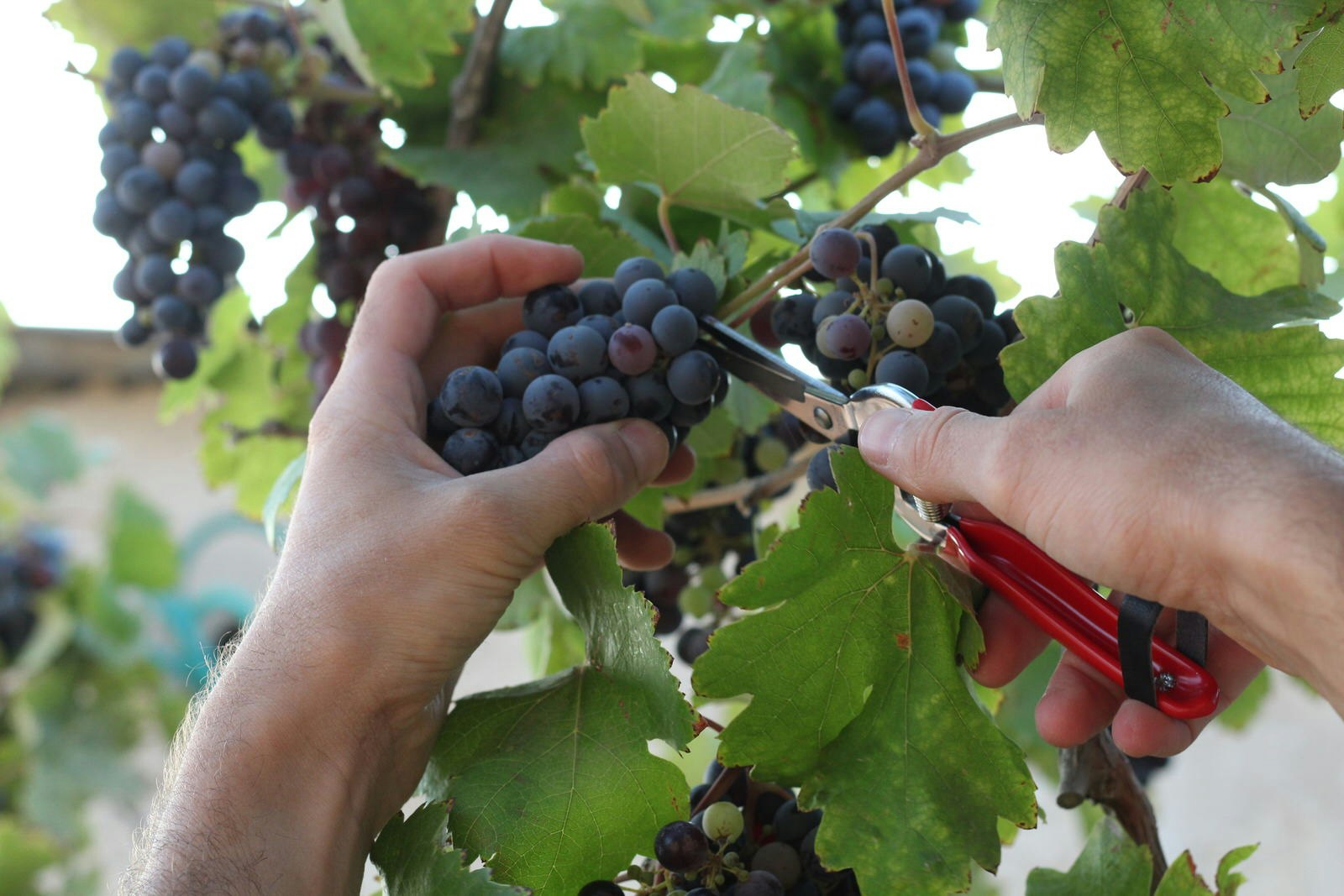
Day One
Start the day by heading to the industrial city of Be’er Sheva, the gateway to the Negev, which is widely accessible by bus and train. From here, it’s a 30km drive south of the city down Hwy 40, passing nothing but rocky landscapes.
Rota Winery
Near Kibbutz Revivim (kibbutzim are agricultural communes, now often used for sustainable business or tourism), Rota Winery is a small vineyard, surrounded by sand and cactus plants. Founded in 2004 by agriculturist and artist Erez Rota, it produces 10,000 bottles of wine a year including cabernet sauvignon, merlot, shiraz and a muscat of Alexandria. You can take an hour-long tour of the vineyard, which is decorated with some of the owner’s sculptures, or simply sample some wines in their shop.
Ramat HaNegev Winery
As the midday sun beats down, head 30km west to quench your thirst at the Ramat Hanegev Winery. Set in the remote farming village of Kadesh Barnea on the Egyptian-Israeli border, it overlooks the sands of northern Sinai. What began as a small family business has grown into a flourishing commercial winery that sells more than 80,000 bottles a year. Founded in 1997 by Alon Zadok, its now run by his son, Yogev, who studied viticulture in Tuscany and brought the sweet Gewurztraminer grape that grows here, originally from the Alsace region of France. The winery has an ecofriendly ethos and welcomes visitors for tours of the vineyard.
Boker Valley Vineyard Farm
You’ve probably worked up an appetite by now, so enjoy a late lunch at the Boker Valley Vineyard Farm. Located further along Hwy 40, this excellent wine lodge and restaurant also has a farm store that sells locally produced wines, jams and olive oil. The vineyard is run by a friendly Israeli-Dutch couple and offers accommodation in its modern South African-style wooden cabins. After a long day in the desert, spend the afternoon relaxing in an outdoor Jacuzzi, the perfect place to sip a glass and watch the sunset.

Day Two
After a night of stargazing, begin your second day with a hearty breakfast at the lodge before carrying on down Hwy 40 towards Kibbutz Sde Boker. Famous for being the desert home of Israel’s first prime minister, David Ben Gurion, Sde Boker is also the place of his burial, which overlooks the spectacular Wadi Zin valley.
Sde Boker Winery
Take a stroll around the kibbutz and then taste some of its very own wines at Sde Boker Winery. Situated at the entrance of the kibbutz, it’s one of the first modern vineyards planted in the region (the ancient Nabataean tribe also grew grapes here). The winery was opened in the late 1990s by Zvi Remak, who studied winemaking at California's Napa Valley College. Today, the winery specialises in handcrafted red wines made from zinfandel and carignan grapes.
Carmey Avdat Winery
Grab some lunch at nearby Kornmehl Farm, which serves gourmet goat's cheese platters and pizzas, before driving further south to the Carmey Avdat Winery. This family-run, ecological farm is on the desert plains opposite the ruined Nabataean city of Avdat. The Nabataean – desert nomads who built their capital in Petra in the Hellenistic period – were also ancient winemakers. Indeed, the ruins of Avdat even include an old Byzantine wine press. The modern Carmey Avdat Winery produces fine merlots with a unique, salty desert taste, and they offer free tours of their winery, as well as six luxurious rooms in case you want to stay longer.
Nana Winery
Finish the afternoon by driving to the hilltop town of Mitzpe Ramon to Nana Winery. Founded atop of Mt Ramon by enigmatic vintner Eran Raz in 2016, Nana runs tours and lectures on winemaking. He says the Negev has ideal conditions for quality vine growth — 800m above sea level with a wide range of temperatures, day and night differences, desert dryness and patient soil. Nana’s cabernet sauvignon, chardonnay and châtein blanc wines are sold in gourmet restaurants around Israel. In the evening, check into Beresheet, one of the most exclusive (and expensive) hotels in Israel, for fine wine, cuisine and its underwater-lit infinity pool. If you're on a budget, stay at the Green Backpackers, a cute hostel with all the comforts a desert nomad needs.
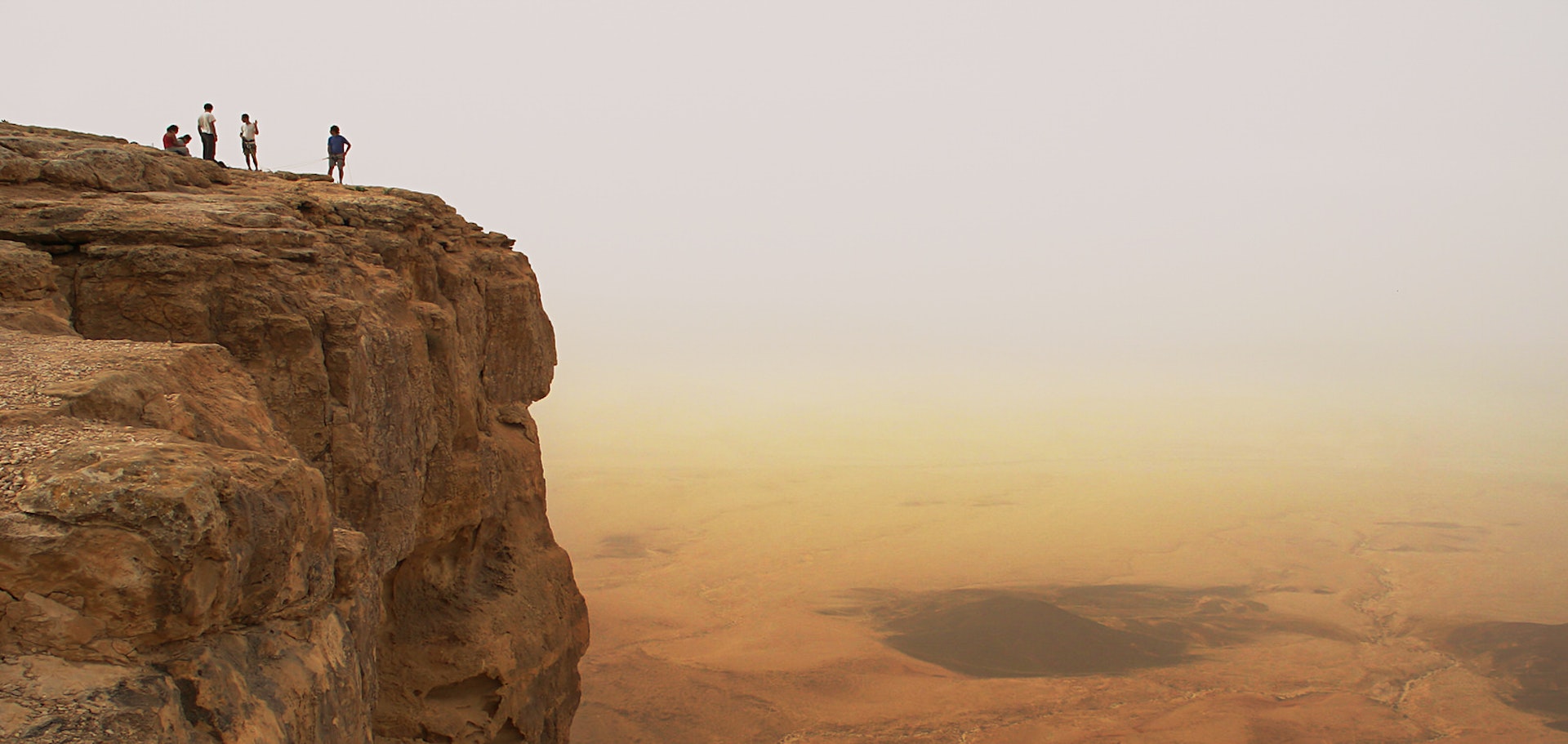
Day Three
Wake up early and explore the magnificent Makhtesh Ramon crater, dubbed Israel’s Grand Canyon, with breathtaking views across the Negev Highlands.
Neot Semadar
By now you’re on what-they-call zaman hamidbar (‘desert time’ in Hebrew), meaning everything moves at a more relaxed pace, so take a slow drive through the crater to Neot Semadar, an ecological kibbutz in the Arava valley. Located 60km north of the Red Sea, it’s the southernmost vineyard in Israel and grows merlot, chardonnay, shiraz and muscat canneli grapes. More than a winery, it also has an arts centre in its bizarre pink tower and a solar-panel field. Their organic farm and vineyard sells its own range of boutique wines, olive oils, jams, homemade ice cream and cheeses in its rustic roadside restaurant surrounded by desert terrain.
While in the Arava area, check out Kibbutz Lotan, another eco-kibbutz known for its mud-houses and end your journey at Timna Park, with its ancient Egyptian copper mines and colourful rock formations that date back millions of years. After three days in the desert, you’ll discover that the Negev is more of a journey through space and time, not just wine.
Getting around
Tour companies such as Israel Wine Tours and Pomegranate Travel offer custom-made wine tours in Israel. Advance booking is advised for private visits to all the wineries mentioned.
Last updated June 2018
